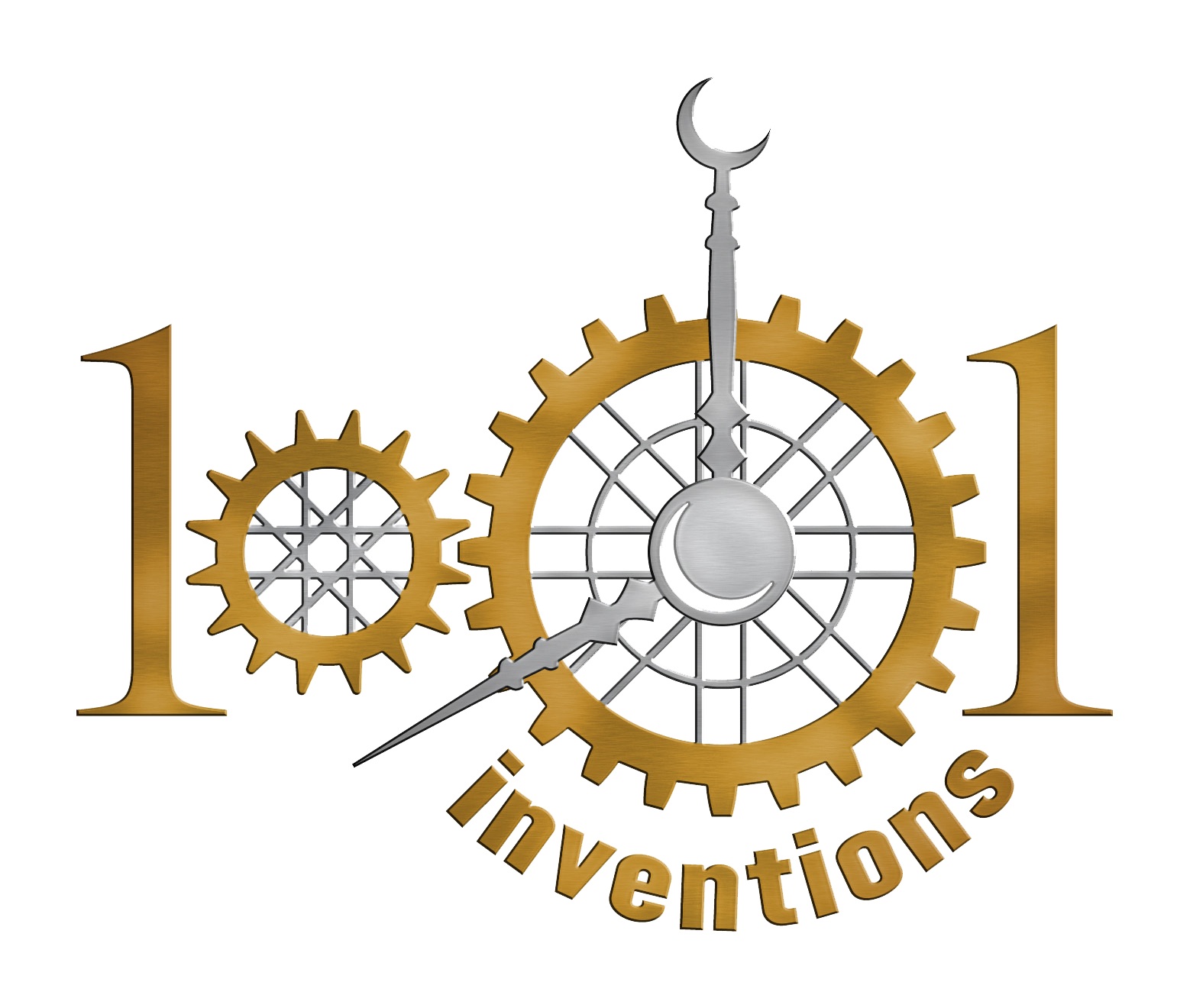By 1206, al-Jazari had made numerous clocks of all shapes and sizes. Just as we need time today to structure our lives, so did Muslims over seven hundred years ago. Al-Jazari was sticking to the long Muslim tradition of clock-making. They knew it was important to know the time so it could be used well through doing good deeds: knowing when to pray at the right time each day and announce the call to prayer in mosques.
More than twelve hundred years ago, hard-working people have fought to stay awake without this stimulant, until a herd of curious goats and their watchful master, an Arab named Khalid, discovered this simple, yet life-changing substance. As his goats grazed on the Ethiopian slopes, he noticed they had become lively and excited after eating a particular berry. Instead of just eating the berries they were taken and boiled to create “al-qahwa”.
The quest for knowledge is close to the heart of Muslims. In the Quran, they are urged to seek knowledge, and to observe and reflect. So Fatima al-Fihri, a devout and pious young woman, wanted to give the Fez community a learning centre. Like some of the grand mosques, al-Qarawiyin in Fez soon developed into a place for religious instruction and political discussion. It gradually extended its education to all subjects, particularly the natural sciences, and so it earned its name as one of the first universities in history.
If we journeyed back into the 10th century, we could look over the shoulder of a cutting-edge surgeon called Abul Qasim Khalaf ibn al-Abbad al-Zahrawi, a man known in the West as Abulcasis. He wrote al-Tadrif, his medical encyclopedia which included a treatise called “On Surgery”. This held a staggering collection of over two hundred surgical tools. Using instruments for surgery was a revolutionary concept because it enabled science to change from being speculative to something experimental. This was the first treatise in the history of medicine to illustrate the use of surgical instruments. In fact, their design was so accurate that they have had only a few changes in a millennium. It were these illustrations that laid the foundations for surgery in Europe.
Abbas ibn Firnas was the first person to make a real attempt to construct a flying machine and actually fly. In the 9th century he designed a winged apparatus which roughly resembled a bird costume. In his most famous trial, near Cordoba in Spain, Firnas flew upward for a few moments, before plummeting to the ground and partially breaking his back. His designs would have undoubtedly been an inspiration for the famous Italian artist and inventor Leonardo da Vinci some six hundred years later.
Maps have helped people find their way for about 3,500 years, the earliest ones being on clay tablets. The introduction of paper was a huge leap forward in the art of map making. Modern technology uses a system of satellites and other receiving devices to compute positions on the earth. Back in history, maps were made from travellers’ and pilgrims’ accounts. The bug of traveling had bitten the 7th century Muslims, and they soon began to leave their homes for trade and for religious reasons, to explore the world they lived in. They walked routes, sometimes simply gathering knowledge about new places, and when they returned they gave accounts of the ways they had trodden and the people and sights they had encountered. First this was by word of mouth, but with the introduction of paper in Baghdad in the 8th century, the first maps and travel guides could be produced.
The word “algebra” comes from the title of a Persian mathematician’s famous 9th century treatise “Kitab al-Jabr Wa l-Mugabala” which roughly translates into “The Book of Reasoning and Balancing”. Al-Khwarizmi introduces the beginnings of the algebra. It’s important to understand just how significant this new idea was. In fact, it was a revolutionary move away from the Greek concept of mathematics, which was essentially based on geometry. The same mathematician, Al-Khwarizmi, was also the first to introduce the concept of raising a number to a power.
A Muslim’s faith is based on purity and cleanliness, whether it is in its physical or spiritual form. In the Islamic world of the 10th century, the products found in bathroom cabinets and hygiene practices could compete with those we have today. In the 13th century, the same engineer, al-Jazari, wrote a book describing mechanical devices, including “wudhu” machines. This machine was mobile, and it was brought in front of a guest. The guest would then tap the head and water would ensue in eight short bursts, providing enough water for ablution. This method also conserved water.
Muslims wanted to be really clean and not just splash themselves with water, so they made soap by mixing oil (usually olive oil) with “al-qali”, a salt-like substance. This was then boiled to achieve the right mix, left to harden and used in the hammams, the bath houses.
Al-Kindi also wrote a book on perfumes called “Book of the Chemistry of Perfume and Distillations”. He was best known as a philosopher, but was also a pharmacist, ophthalmologist, physicist, mathematician, geographer, astronomer and chemist. His book contained more than a hundred recipes for fragrant oils, salves and aromatic waters. The centuries-old tradition of perfume-making was all made possible by Muslim chemists and their methods of distillation: they distilled plants and flowers and made perfumes and substances for therapeutic pharmacy.
/106

